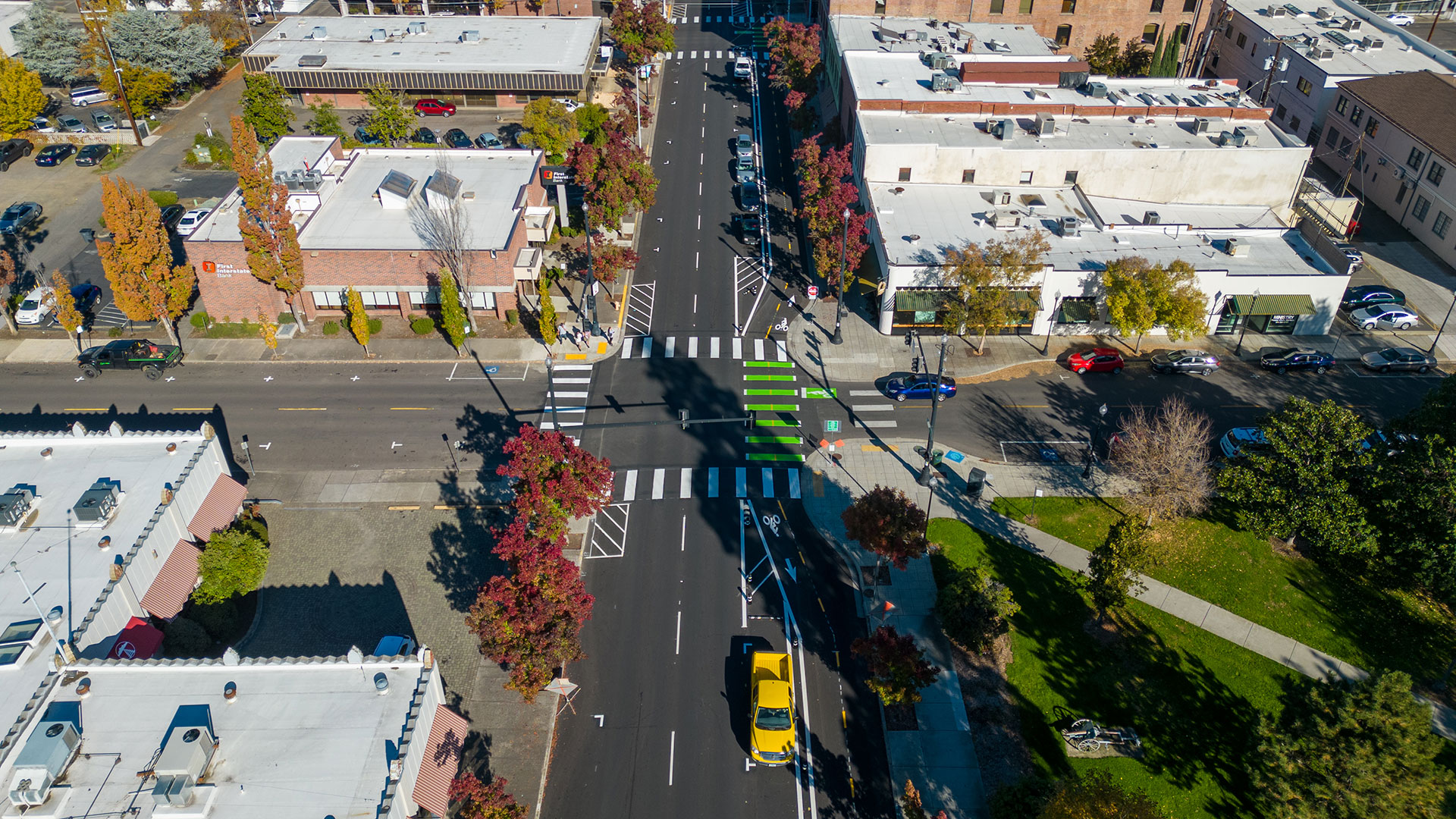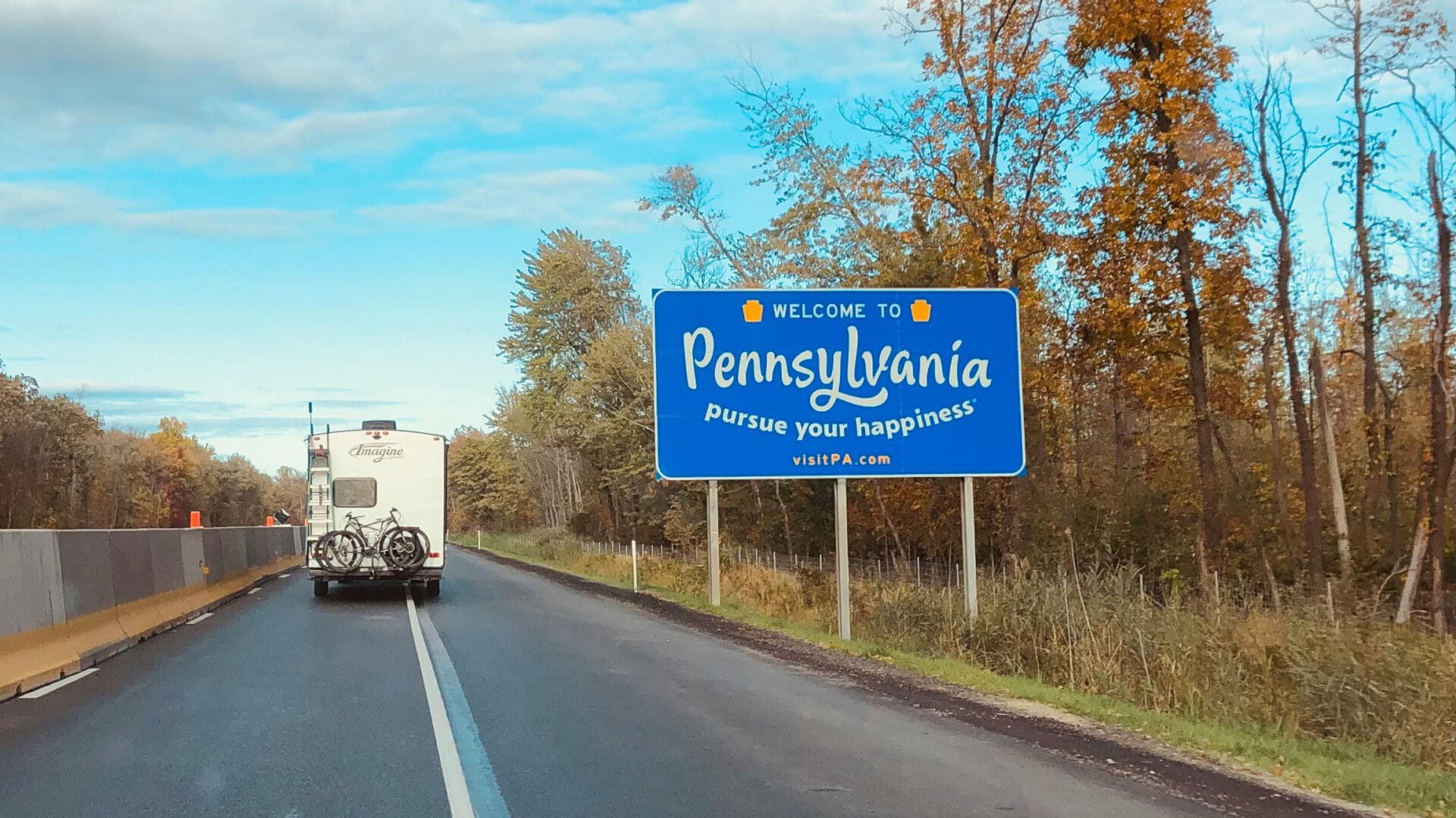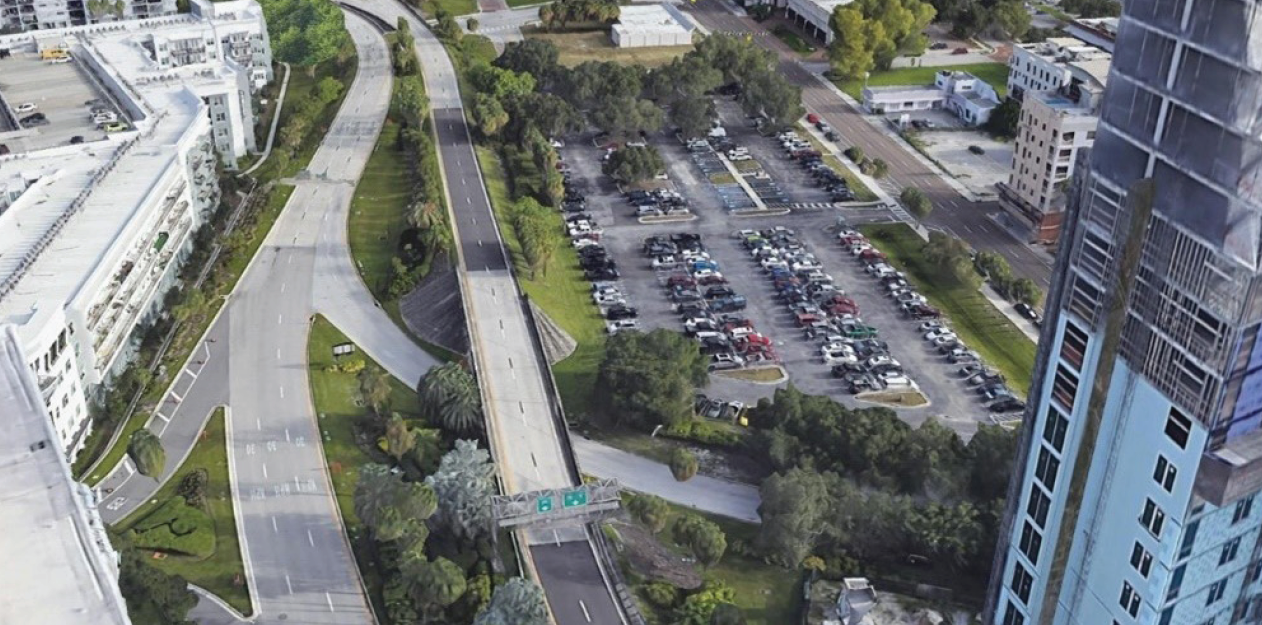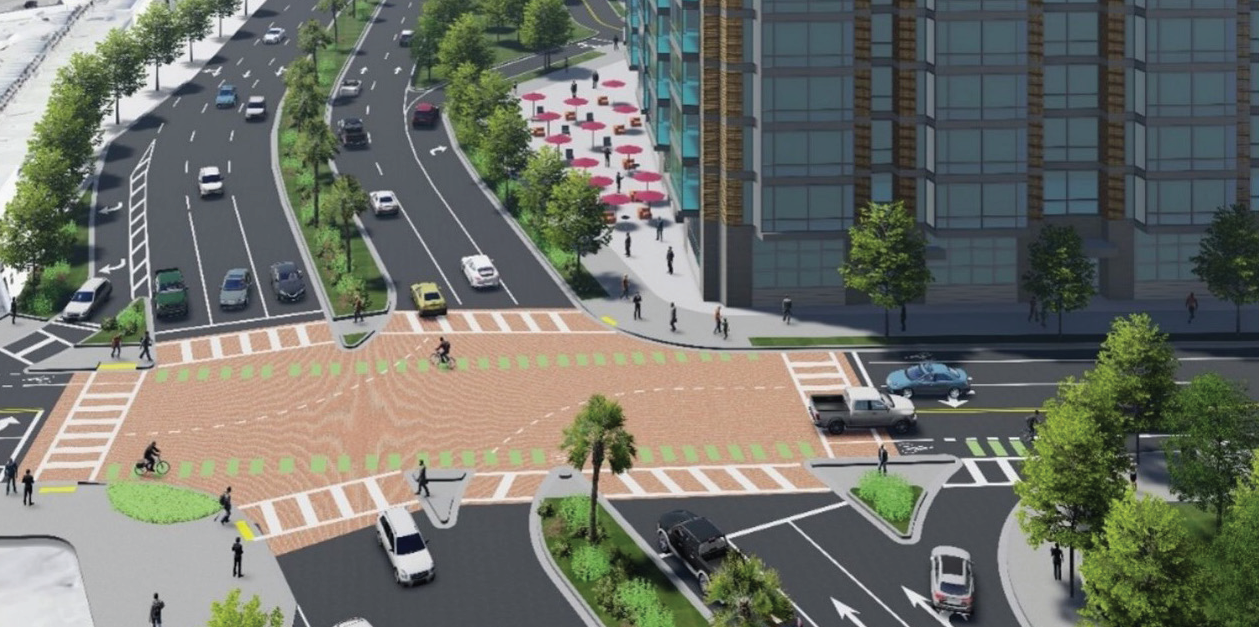April 2, 2025
For decades, students walking and biking to Newberg High School faced unsafe conditions along Elliott Road, a narrow corridor without sidewalks. Residents also struggled to safely access the downtown area. Although local officials identified this road as a high-priority project nearly 20 years ago, the road remained unchanged until recently when it was transformed into a complete street. Now the corridor features pedestrian facilities and improved multimodal operations. But why did such a crucial improvement take two decades to carry out?
The story of Elliott Road is not unique. Projects get stuck! Across the country, public agencies encounter obstacles that can impede implementation. The question becomes, how do you keep important projects moving forward when funding sources change, environmental impacts cause delays, or the community is not on the same page with the project team? Read on for suggestions to navigate these barriers and pave the way for faster, safer, and more impactful project delivery.

Major improvements to Elliott Road have now been implemented, including pedestrian and bicyclist facilities, new pavement, and a new drainage system.
Navigating Design & Regulatory Constraints
Every project must navigate physical constraints and regulatory requirements. Right-of-way acquisition, environmental impacts, and permitting requirements need to be addressed early in the project life cycle to avoid unexpected delays further down the road.
Proactivity is the key to getting ahead of these potential risks and delays. It can be beneficial to make the investment upfront to develop concepts and planning-level cost estimates and perform cost-benefit analysis to avoid unexpected circumstances. These proactive measures can also better position a project for competitive grant programs, as well as private investment because organizations know what benefit they will get from the project.
Take, for example, the 10th Avenue Improvements project in Cornelius, Oregon. Faced with multiple hurdles, including railroad coordination and leaking underground storage tanks, the project team employed mitigation measures and an incremental design approach. Engaging proactively with the Portland & Western Railroad, Oregon Department of Transportation, and the City of Cornelius led to a mutually agreeable solution to make the rail crossing safer. To minimize environmental remediation costs, the team focused the right-of-way on pedestrian and pedestrian-button easement and kept the contaminated impacted area outside of the public right-of-way.
Building Trust and Support with the Community
Proposed infrastructure changes can often generate community concerns. This could be due to competing priorities, or perhaps the community is concerned about change or potential disruptions during construction. There are many benefits to engaging with the community early, preferably during the planning process, so they are well-informed about why a project is being built and also have opportunities to weigh in. This early engagement builds trust and gives people an opportunity to directly influence the improvements in the neighborhoods where they live. Many times, by engaging the community early and consistently, a project can develop strong support, turning skeptical people into avid supporters.
In Medford, Oregon, while planning for the East Main Street Multimodal Improvements project, the community expressed skepticism about the benefits of installing bicycle and pedestrian facilities. Kittelson produced a white paper, based on documented research, to show how investment in active transportation facilities can increase economic revenue for local businesses, particularly in downtown areas. This resource, coupled with a visualization of the improvements, equipped the City of Medford staff with data-informed insights that led to constructive conversations with business owners and ultimately secured community buy-in for the improvements.

In Medford, OR, our team produced a white paper, based on documented research, to show how investment in active transportation facilities can increase economic revenue for local businesses, particularly in downtown areas.
Securing Funding: A Proactive Approach
It can be challenging to secure funding for essential projects due to rising construction costs, evolving regulatory requirements, and competing priorities. Not to mention, as we’re seeing now, funding priorities change with political leadership. When faced with budget limitations, decision makers often must defer critical improvements to maintain existing infrastructure.
Despite these challenges, clever funding strategies and implementation approaches can help accelerate project delivery. There are many different ways projects can be funded on local, state, and federal levels. Agencies that proactively develop conceptual designs aligned with leadership priorities and funding programs position themselves to seize grant and other funding opportunities as they arise. Additionally, agencies can integrate these projects into already programmed projects, like pavement rehabilitation activities or a quick-build program.
In Delaware County, after ongoing conversations with the Pennsylvania Department of Transportation (PennDOT) regarding the importance of improvements along SR 291, PennDOT included the project in their Transportation Improvement Program (TIP). The project was also awarded a $2.5 million Reconnecting Communities grant for the design phase. The project team used a Delaware Valley Regional Planning Commission Transportation & Community Development Initiation grant to study the corridor through an approach that strengthened safety and multimodal connectivity and improved trail connectivity in the City of Chester. Information from the study supported the preparation of the successful Reconnecting Communities grant and led to PennDOT moving the project into the design phase. Here, a combination of funding sources plus the agency’s willingness to prioritize the project in their TIP are moving it forward.

In Delaware County, Pennsylvania, a combination of funding sources plus the agency’s willingness to prioritize the SR 291 project in their TIP are moving it forward.
Planning with Implementation in Mind
As all these examples show us, successful project delivery requires anticipating barriers and charting a clear path forward. Aligning funding and design, setting realistic timelines, and advocating for policy alignment are crucial steps. To align projects with funding opportunities, it’s important to account for matching requirements and regulatory compliance. Also, setting realistic timelines to account for five-to-seven-year project cycles helps agencies manage expectations and sustain momentum.
The City of Tampa, Florida secured a $5.4 million Reconnecting Communities grant to improve Ashley Drive, building on the foundation of the Tampa MOVES Mobility Master Plan. This road bisected a community when the interstate was constructed, and the proposed improvements include bringing the Ashley Drive’s interchange ramp to street level, re-stitching Downtown Tampa’s urban fabric and reconnecting Tampa’s historic street grid. By leveraging previous planning work, community outreach, strong partnership with the Florida Department of Transportation, and detailed visual renderings, the City successfully made the case for federal funding to reconnect neighborhoods divided by a highway.

This road bisected a community when the interstate was constructed.

The proposed improvements reconnect Tampa's historic street grid.
Turning Obstacles into Opportunities
Public works projects are vital to the prosperity and safety of our communities. By fostering partnerships, engaging communities, and working proactively, we can transform obstacles into pathways for success. When we plan with implementation in mind, we move closer to creating safer, more accessible, and more vibrant public spaces for all.
